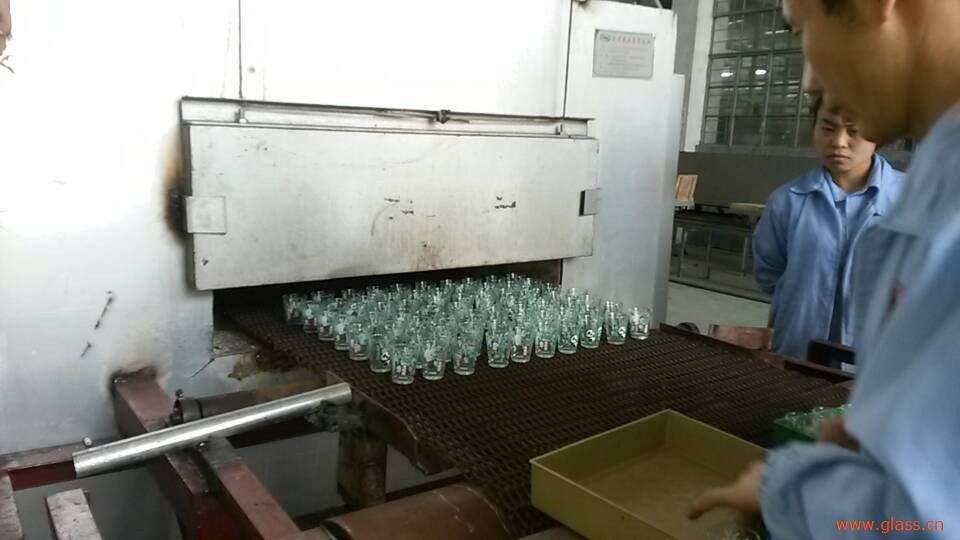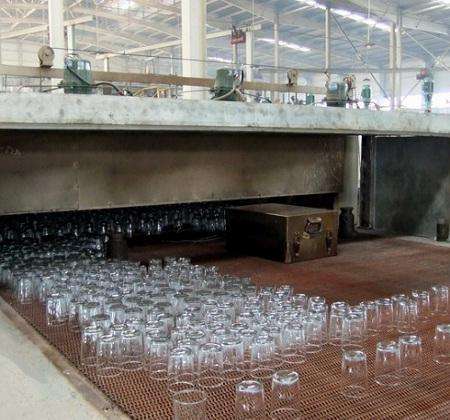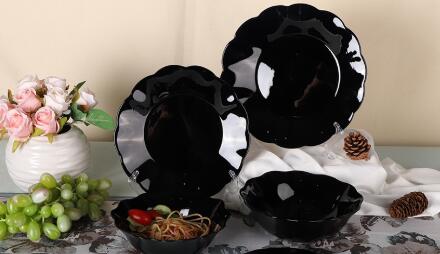Thermal Stress Of Daily Use Glassware
Pulished on Mar. 29, 2019In the forming process of glassware products, the stress caused by temperature difference is called thermal stress. According to the characteristics of thermal stress, it can be divided into temporary stress and permanent stress.
The so-called temporary stress is to heat glassware products below the temperature of strain point (for soda lime glass, the temperature is generally about 500℃.) and then cool it rapidly. Although there is a certain temperature difference in the cooling of glassware products at this time, it undergoes uneven temperature changes, but at this time the thermal stress generated is along with the temperature gradient. Its existence and disappearance depend on temperature gradient, which is generally called temporary stress. Because glassware products are basically in the range of elastic deformation temperature, when it is below the strain point temperature. Glassware products belong to brittle state and have the solid objects characteristics of elastic and brittle, the mechanism of glassware is basically fixed and the movement of ions is hindered, so the speed of temperature change has little effect on the structure and properties of glass. Cooling glassware rapidly below this temperature, although there is a temperature difference, it will not produce permanent stress, the resulting thermal stress is temporary stress. This is why glassware products can be re-annealed below the lower limited temperature to allow rapid cooling.

Temporary stress disappears with the disappearance of temperature gradient of glassware products, but its value must also be controlled. If the temporary stress in the glassware cooling process exceeds the tensile strength limit of the glassware products themselves, the glassware will also rupture. This principle can be used to cut tubular and hollow glass products by means of rapid cooling. At present, the trend of cooling process of glass annealing is to make the glassware products begin to cool rapidly below the lower temperature as far as possible. The purpose is to prevent the explosion of the glassware products caused by excessive temporary stress.










